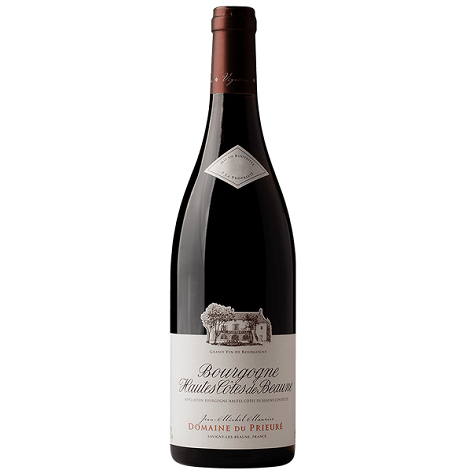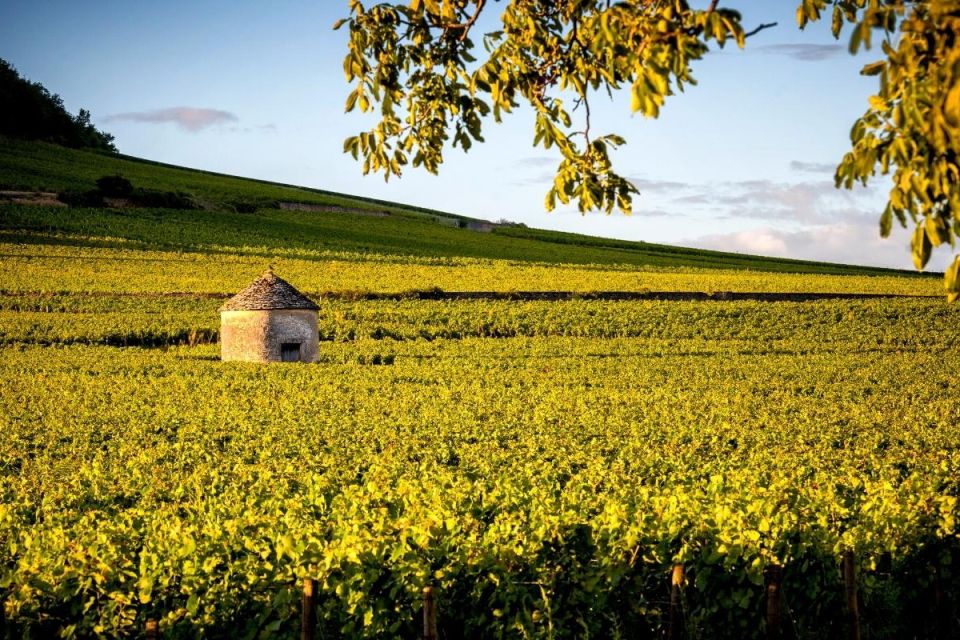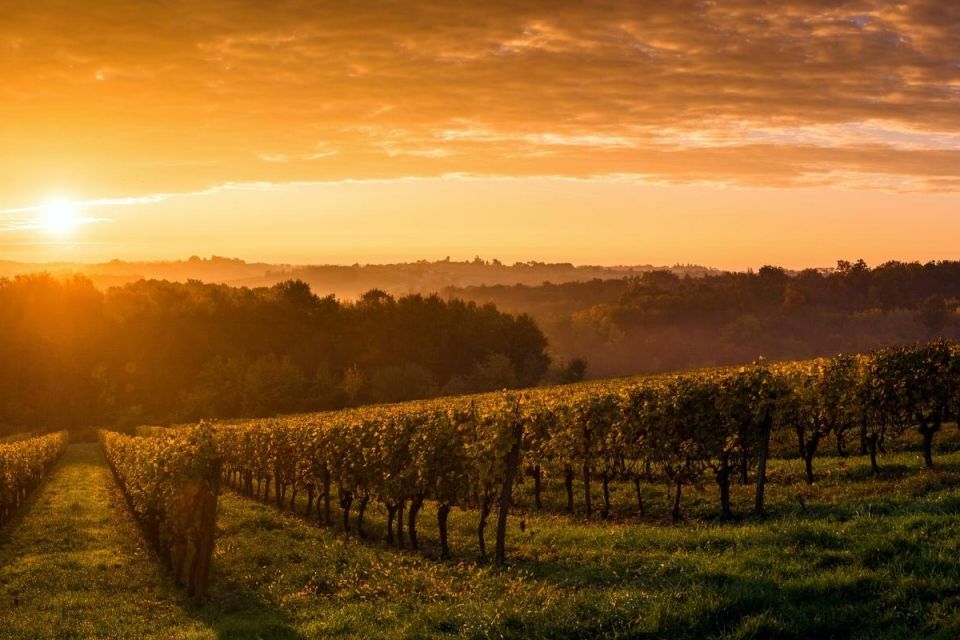Your Mini Basket
Probably the most iconic wine region in the world, the easiest way to get to grips with Burgundy is to understand that there are only two grape varieties to remember: Pinot Noir and Chardonnay. Aligoté, Pinot Gris, Gamay, and Sauvignon Blanc also play their part, but the primary focus of Burgundy’s production is Pinot Noir for Bourgogne Rouge and Chardonnay for Bourgogne Blanc.
Located in the east-central part of France, Burgundy has 5 primary wine growing areas:
- Chablis – Famous for lean, unoaked Chardonnay.
- Côte de Nuits – Prime Pinot territory. The Grand Cru vineyards form a patchwork on the eastern slopes facing the valley of the Saône River, starting at the village of Gevery Chambertin, past Morey St-Denis and south to Vougeot and Vosne Romanée.
- Côte de Beaune – Rich Chardonnays aplenty. Grand Crus include Corton, Corton Charlemagne and Montrachet, whilst Village and Premier Crus include Chassagne-Montratchet, Meursault and Puligny-Montrachet.
- Côte Chalonnaise – Value Pinot Noir, floral Aligoté and Sparkling Crémant.
- Mâconnais – Great value and well-structured Chardonnays.



